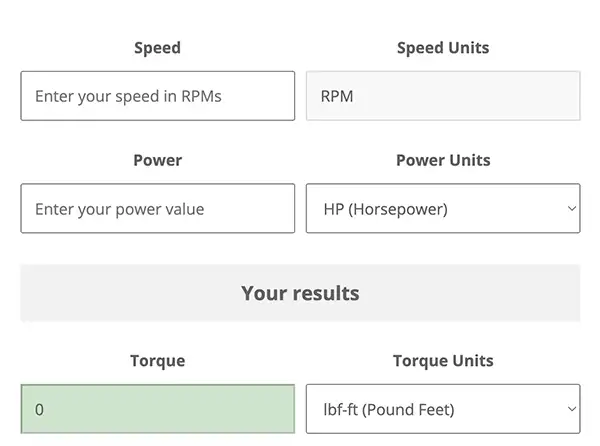Helping OEMs Understand the Impact of California Proposition 65 on Equipment Design
California Proposition 65, also known as the Safe Drinking Water and Toxic Enforcement Act of 1986, is not just another piece of legislation. It carries significant implications for Original Equipment Manufacturers (OEMs) in the commercial and consumer equipment sectors. This law mandates businesses to warn Californians about significant exposures to chemicals that cause cancer, congenital disabilities, or other reproductive harm. As an OEM, your understanding of the scope and requirements of Proposition 65 is not just crucial, it's a necessity for complying with legal standards and maintaining brand integrity and consumer trust.
Key Requirements of Proposition 65
Proposition 65 stipulates that any product sold in California, be it commercial or consumer equipment, that contains any listed chemical in quantities exceeding the Safe Harbor levels (maximum allowable levels), must bear a clear and reasonable warning. The list of chemicals, updated annually, encompasses over 900 substances. It's important to note that compliance is not optional. It's a requirement for all companies, regardless of their location, that operate within or sell products in California.
Design Considerations for Compliance
1 - Material Selection: OEMs should meticulously examine the materials used in their equipment. This includes identifying any Proposition 65 chemicals used in the manufacturing process or components and exploring safer alternatives. A proactive step in this direction is the early integration of toxicological expertise in the design phase. This can help streamline the process, ensuring that materials not only meet performance standards but also comply with Proposition 65.
2 - Supply Chain Transparency: OEMs must demand transparency in their supply chain. This means requiring suppliers to disclose whether their products contain any chemicals (and in what quantities) listed under Proposition 65. A robust supplier management system can mitigate risks of non-compliance and the associated liabilities.
3 - Warning Labels and Consumer Information: For products that cannot avoid the listed chemicals, OEMs must ensure that clear and reasonable warnings are conspicuous on the product packaging or displayed at the point of sale in some instances. Digital solutions, such as QR codes linked to detailed chemical information, may also be employed to meet these requirements and maintain aesthetic integrity.
Impact on Product Design and Innovation
Failure to comply with Proposition 65 can result in significant legal and financial repercussions, with fines of up to $2,500 per day for each violation. The Act also allows citizen lawsuits, where individuals can sue on behalf of the public to enforce compliance, often leading to costly settlements. Therefore, proactive compliance is a legal obligation and a strategic business decision.
Legal and Financial Implications
Three phase induction motors tend to offer improved efficiencies at higher power levels and rated speeds. Brushless DC motors offer better efficiencies across a broader range of performance and provide better performance at lower speeds and lighter loads. Brushed DC motors, however, have added components (brushes and commutator) that introduce some inefficiencies.
Conclusion
The implications of California Proposition 65 are far-reaching for commercial and consumer equipment OEMs. Compliance necessitates a comprehensive approach that involves material selection, supply chain management, and consumer communication. The OEM's embracement of these requirements as opportunities for innovation will not only avoid legal pitfalls but also lead to the development of safer and more environmentally friendly products. As regulations continue to evolve, OEMs should stay informed and agile to thrive in an increasingly regulated global market.
For any questions on Prop 65 please free feel to contact us
 Request a Quote
Request a Quote
